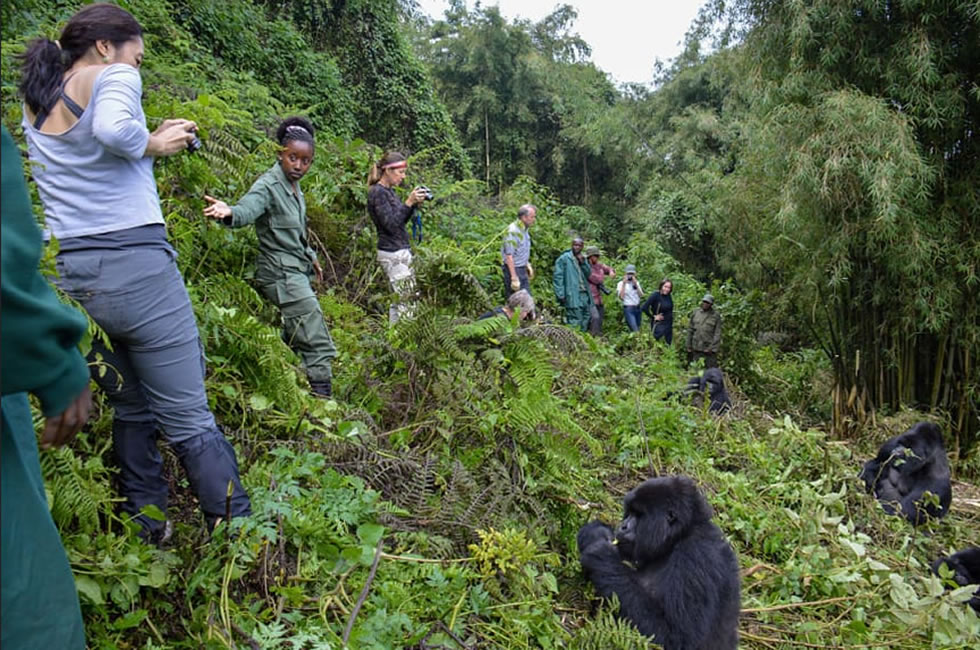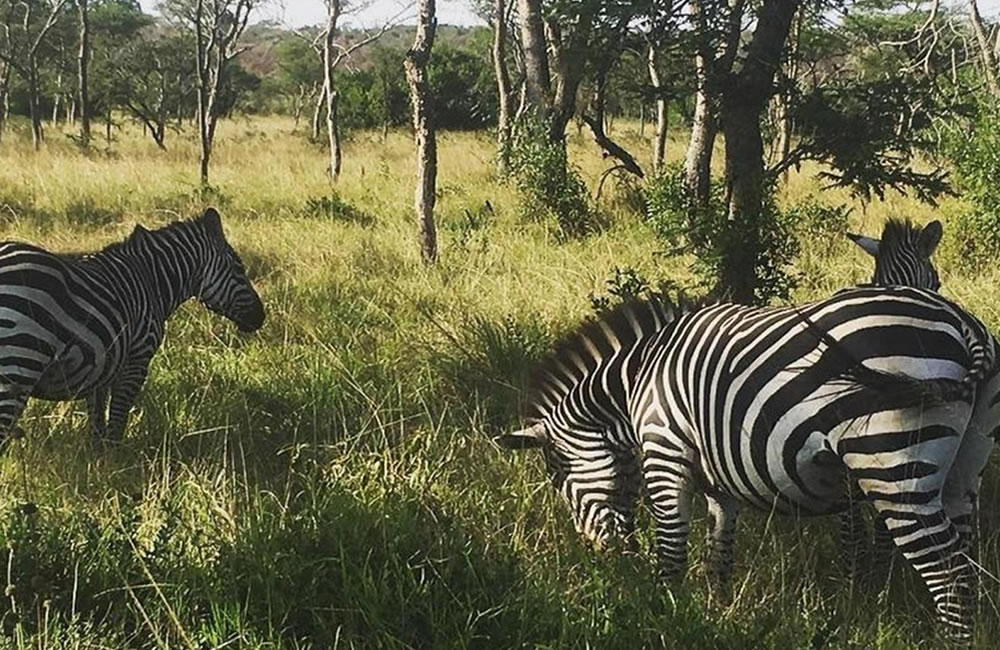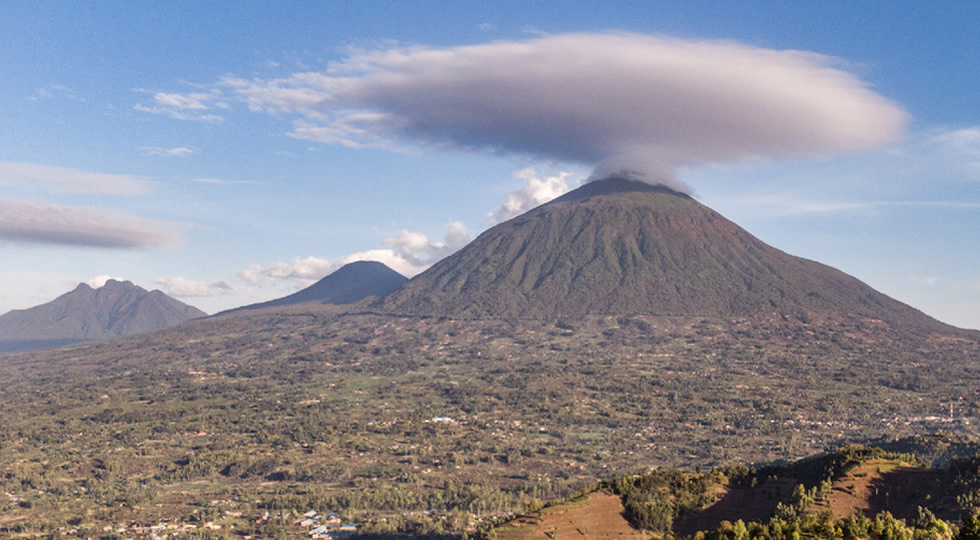Rwanda’s strategic location offers the opportunity of a commercial hub to the East and Central African regions. Its economy is still virgin both in terms of industrialization, foreign investor participation and commercial engagement. Thus immense opportunities still exist across all sectors and are complemented by an attractive investment climate with low inflation, zero tolerance on corruption and remarkable peace and security.
The international community including the World Bank has rated Rwanda as one of Africa’s top performers in terms of good governance. Rwanda has gained international repute as one that is serious and committed to economic growth and development.
Economy
Rwanda represents a stable and predictable business environment with robust economic growth and low inflation, a stable currency and a strong commitment to private sector development as well as impeccable peace and security. Rwanda is thus your ideal place for investment.
Overtime, Rwanda has witnessed an enormous and sustained GDP growth rate and investor confidence. The GDP growth rate (2008) was 11% The upward growth of investments in Rwanda is not accidental but rather reflective of the Government’s own commitment to driving the economy through increased investments and exports. Indeed, Rwanda’s development strategic roadmap, “The Vision 2020”, targets a GDP per capita growth from $250 to $900 by 2020. UNDP has assessed these targets as achievable given the Government’s commitment and progress thus far.
The government or Rwanda maintains an investor-friendly attitude by welcoming and facilitating investments, both before and after their establishment. This awareness is reflected in several ways in the investment regime. Imagine registering a business in just 3 Hours!
These efforts have paid off. Rwanda has witnessed an upswing of investments in the past six years. It has made significant gains through actual delivery on investments, having registered 296 projects by December 2006 worth a combined value of US$ 1.3 billion since the year 2000.
Investment in the agricultural and manufacturing sectors remained strong, while investment in upcoming sectors such as energy, information and communication technology (ICT), mining and tourism increased substantially.
In an effort to further improve the economic status in the country, the Rwanda Investment and Export Promotion Agency offers world class service delievery at its One Stop Centre where a cluster of services is offered that eases the investor’s entry into Rwanda’s market; in particular, the centre provides immigration, customs’ exemption, company registration, residency and work permit services to investors in the shortest time limit.
The Agency, as such, facilitates and supports investors, advises, coordinates, encourages partnerships and networks in its strife for a strong private sector driven economy.
Interestingly, Rwanda has become a conference venue destination in the region with less traffic and efficient conference/events management.
Investment Opportunities
Rwanda being a virgin economy has investment opportunities across all sectors. The opportunities abound in all sectors such as:
Energy
Government is working hard to mobilize investments into the exploitation of enormous domestic sources of energy that presently lie unutilized. They include methane gas in Lake Kivu, large untapped hydropower potential through construction of dams on rivers Nyabarongo, Rusumo and Rusizi or investments in alternative energy sources like solar, biomas, and biogas or geothermal.
ICT
The Rwandan ICT4D policy and process as per the ICT-led Socio-economic Development Vision is to transform Rwanda into an information-rich, knowledge-based society and economy by modernizing its key sectors using information and communication technologies. Opportunities for investment are in software and hardware development, broadband fiber optic infrastructure development, call centers as well as back office operations as well as mobile phone assembly and marketing within Rwanda and the region.
Tourism
Rwanda is one of the most naturally beautiful countries in the world. Rich in flora and fauna and a stunning beauty manifest in its scenic rolling hills and breathtaking green savannahs. Rwanda boasts some rare species of animals like the mountain Gorillas as well as rare birds and smaller primates in Nyungwe tropical forest. Investment opportunities exist both in developing tourism infrastructure and positioning the country in the international market place as the new exotic destination on the global circuit. According to the Rwanda Development Board, Rwanda’s budding tourism sector received over a million visitors in 2008 and raised an estimated $214 million, up from $138 million the previous year.
Growth has been bolstered by strong investment in the sector that has become the leading hard currency earner. The tourism industry will continue to flourish with the opening of nine new hotels and lodges across Rwanda. Five of the new hotels are owned by Dubai World. The state-owned investment fund has sunk $230 million into accommodation in Rwanda. Rwanda was voted among the “Top 10 countries to visit in 2009” by the Lonely Planet travel guide. Some of the prominent touristic attractions in the country include the Mountain Gorillas, Giraffes and Zebras.
The Volcanoes National Park in Rwanda is the most famous area in Rwanda, world re knownfor being the home of approximately half of the world’s remaining mountain gorillas. Akagera National park is comprised of lakes, swamps, woodland, Savannah, and open grassland. The lakes draw out herds of elephant and buffalo, while the Savannah typically attracts giraffe and zebra.
Financial Services
The Rwandan financial sector comprises of insurance services and banking (commercial banks, development banks and microfinance institution).
The banking sector has seen tremendous growth over the past 5 years and seen increased participation by multinational banks and foreign equity. The market capitalization of the banking sub sector is US$200 million supporting US$1 billion in assets. There is a Financial Sector Development Program that is aimed at deepening financial services and increasing the reach of financial services to the Rwandan population. 14% of Rwanda’s adult population is banked (518 million persons) which offers investment opportunities for investors keen on reaching untapped markets.
Key players in the banking sector are Access Bank, Banque Commerciale du Rwanda, Banque de Kigali, Banque Populaire du Rwanda, Ecobank, and KCB. Key players in the Insurance sub sector are AAR, COGEAR, CORAR, RAMA, MMI, SONARWA, and SORAS
Minimum capital requirements is currently US$ 8.5million for establishing banking operations and the sector is regulated by the National Bank of Rwanda.
Property Development
The Rwandan context is favorable for property investment, because:
- The current housing supply is insufficient to meet the needs of the growing population;
- The population is 10.4 million and growing at 2.8% per year;
- The urban population is 1.9 million and growing at 4% per year;
- Many houses are built of mud bricks and need to be modernized;
- There is an increasing interest from the 6 million diaspora Rwandans who want to find opportunities to invest in Rwanda. There were remittances of US$ 150 million in 2008
- The infrastructure development to support the anticipated economic growth is critical
- The tourism – now Rwanda’s largest foreign exchange earner – is set to grow but the quantity and quality of accommodation is not enough to meet the demand. In 2008 Rwanda attracted over 985,000 visitors, up from 826,300 in 2007 (an increase of 19%). 3,000 additional rooms are needed by 2012. An upcoming convention Centre in Kigali with capacity for 3,000 people will need supporting accommodation.
RDB/RIEPA Figures from the Rwanda Development Board and the Rwanda Investment and Export Promotion Agency show that:
- In the period 2003 to 2008, the investment in the construction sector grew from USD 100m to USD 351m. That is an 28% increase;
- In the period 2003 to 2008, 142 out of 404 projects were in construction;
- Of the 68 projects operational in 2009 alone, 40 are in the real estate sector;
- Countries represented in the construction area include India, Kenya, Belgium, United Arab Emirates, Ireland, South Korea, China, Israel and United States among others;
- Investment amounts range from as little as USD 200,000 to over USD 20 milion per investor with a few much higher
- Local investments taking a big share;
- Rwanda’s property sector has seen a strong growth spurt over the last few years in both residential and commercial property.
The current opportunities for private developers, construction professionals, project managers, architects, engineers, quantity surveyors, planners, lawyers, marketing agents, financiers, building material suppliers, buyers (owner occupiers and property investors), casual laborers are in:
- The Master plans for Cyangugu, Kibuye and Kigali are in place;
- The need for urban renewal in both residential and commercial areas;
- Kigali city planning has been thorough;
- 780 hectares of land have been designated for a new CBD;
- Substantial land parcels in different parts of Kigali designated for housing development;
- Building codes are now in place;
- Planning emphasis is on environmentally friendly concepts, construction and maintenance;
- Concepts for priority projects have been drawn up;
- Property development should promote social cohesion
The implementation for these projects expect to take the next 10-15 years
Other opportunities – Reliant on imports – are roofing tiles, steel, aluminium, wood, glass, sanitary fittings (eg. tiles), electrical equipment and fittings (eg. cables), pumps, tanks, sewage systems.
Some potential development projects are:
LOCATION (s): GISOZI/KACYIRU/GACULIRO
Twenty (20) Ambassadorial Villas in a 15-acre gated community, each home with a generous plinth area of 500 meters and set on 0.5 acres
LOCATION(s): KIMIHURURA/NYARUTARAMA/REMERA
Fifty (50) spacious homes (200m2) in an exclusive 10-acre gated community. Each home is well finished with large windows, high ceilings, high-standard fittings and world-class security technology.
LOCATION: KAGARAMA
5,477 mixed income homes of 60m2 (2beds), 80m2 (3 beds) and 120m2 (4 beds) set on 39 hectares and divided into 10 discrete phases of 548 units each.
LOCATION: MUHIMA
219 middle income downtown apartments of 60m2, all on a 5-acre parcel in Muhima. This complex may include a blend of retail, recreational and other amenities.
LOCATION: CENTRAL BUSINESS DISTRICT /NYARUGENGE
Modern, Class A office building set on 2.5 acres with a total plinth area of 10,000 square meters on 10 floors, divided into 80 units of 125 square meters (8 on each floor). The bottom three floors would be used for upscale retail space.
Opportunities in investment also lie in:
- Mining
- Food Processing
- Leather Goods Production
- Horticulture.
Most importantly, all these sectors are open to both local and foreign investors without any restriction on account of nationality.
Rwanda’s attractive Investment Incentives regime
The Country’s Investment Code, Customs and Income Tax laws have been revised to provide a plethora of competitive incentives to investors. Rwanda’s incentives regime provides the following benefits to registered investors:
- Free, unfettered repatriation of profits and capital;
- Duty free importation of raw materials and machinery as well as construction materials for those engaged in property development;
- Duty free importation of a personal car, domestic properties and effects for expatriate staff;
- Duty free importation of machinery, equipment and raw materials and other goods for investors in the Free Zone;
- Free one-year work permit and free residence visa for an investor and expatriate employees;
- Citizenship and its attendant benefits for investors who deposit at least US$ 500,000 in any Rwandan commercial bank for a period of not less than 6 months;
- Generous investment allowances (40-50%) on capital goods;
- A reduction in the corporate tax rate of between 2-7% depending on a company’s employment of Rwandans as set out hereunder:
– 2% for 100-200 jobs
– 5% for 201-400 jobs
– 6% for 401-900 jobs
– 7% for more than 900 jobs
- Facilitation by the Agency to have access to foreign markets, training, promotion and trade exhibitions;
- Indefinite tax holiday for international headquarter companies registered in Rwanda.
One more boost to Rwanda’s incentives regime is the Free Economic Processing Zone which provides a tax-free environment for export-oriented manufacturing and/or re-export trade driven enterprises. The criteria for accessing the Economic Processing Zone benefits are simple and require that an enterprise;
- Exports at least 80% of its production;
- Exports 10% if manufacturing under bond;
- Engages in export of services.
Sources:
– Rwanda Investment and Export Promotion Agency (RIEPA)
– Rwanda Development Board (RDB)
– Ms. Clare Akamanzi, Deputy CEO, Business Operations and Services (RDB)







